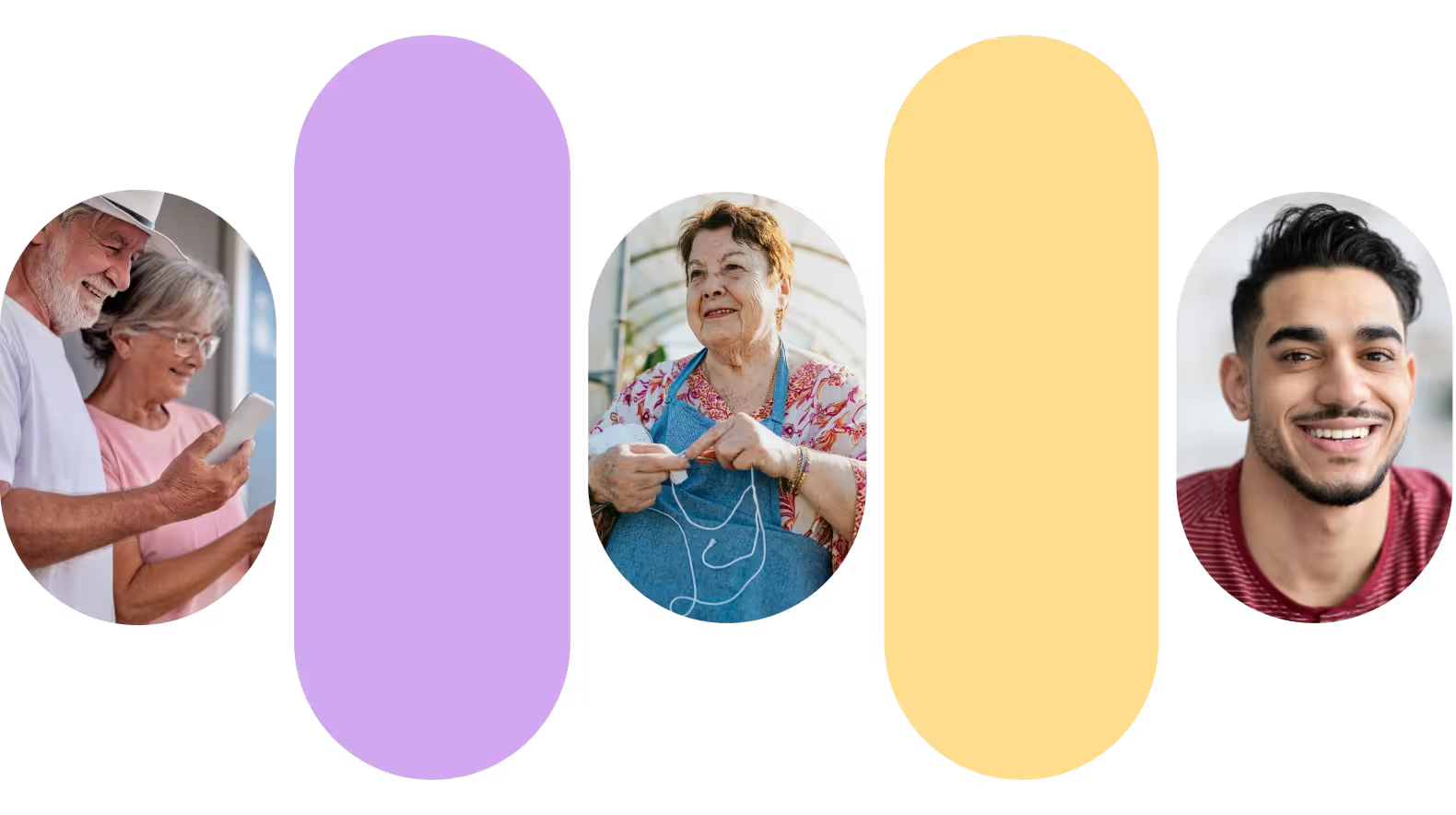The Ear is The New Wrist: Introducing Wareable Hearing Health Trackers
Digital health tools track everything from our daily step count to sleep patterns and calories. They can be a smartwatch, a smartphone, or a ring. Check it!

Digital health tools track everything from our daily step count to sleep patterns and calories. Whether it's a smartwatch, a smartphone, or a ring, the range of tracking devices is rapidly growing - and it seems we all want to know more!
Monitoring personal health has raised interest across generations, with young and older consumers engaging with the technology. Now, hearing aid technology is entering the health-tracking world, developing new hearing aids with health and fitness-tracking features.
What's particularly exciting is that hearing aids with health and fitness tracking features can offer a comprehensive view of overall health, lead to healthy habit formation, and promote social interaction, serving as a holistic wellness device. Plus, did you know the ear is one of the most accurate places to measure vital signs?
In this article, we'll explore in more detail all the features that hearing aids with health and fitness tracking offer.
What is a Wearable Hearing Health Tracker?
The concept behind wearable hearing health trackers is an all-in-one solution that supports hearing aids with all the traditional capabilities while embedding sensors for real-time health tracking.
In 2018, Starkey was the first to introduce “Healthables™” with the Livio AI hearing aid launch. Since then, other hearing aid manufacturers have followed.
These hearing aids can track activities like daily steps, time spent socially engaging, and hearing aid device usage. Some devices can even detect falls, a helpful safety feature, especially for older adults.
Monitoring hearing health can also help detect any changes over time. This early detection can help identify potential hearing loss issues before they become severe, allowing for timely intervention and treatment.
How Do Wareable Hearing Health Trackers Support Your Health?
Wearable hearing Health Trackers work similarly to popular devices like Apple Watch or Fitbit. By wearing the device, it monitors various aspects, such as:
Physical activity tracking
Tracking physical activity, from daily steps to exercise sessions, can help people set fitness goals and find motivation to stay active.
Heart rate
Frequent heart rate measurements can display important health data, especially in treating and preventing many health conditions.
Sleep patterns
Identifying sleep habits and patterns can greatly improve sleep health for individuals struggling with sleep disorders or signs of poor sleep.
Monitor hearing health
Gathering personalized hearing data can help customize your hearing aid experience and enhance your auditory health.
The greatest benefit of all is the integration of health data that offers a comprehensive view
of the individual’s well-being, facilitating a more informed and proactive approach to health management.
Do You Need a Wareable Hearing Health Tracker?
Hearing health is closely related to general health. People with hearing loss are more likely to experience fatigue, mental stress from communication, and a decrease in physical activity. Some also experience social isolation, especially among older adults who experience the onset of hearing loss, marking a big change in their daily lives.
That’s why wearable health trackers are additional tools we can use with the potential to promote physical and psychological health. These devices help you enjoy the benefits of hearing better and help you take charge of your overall health, positively impacting your quality of life.
Additionally, fitness and hearing device tracking can help paint a picture of your activity level and hearing aid usage. These stats can help set health goals, motivate you, and have the ability to share data with your healthcare provider.
Wearable Devices for Hearing Monitoring
The compact size of wearable hearing health trackers makes them comfortable, convenient, and discrete, contributing to their extended use and easy integration.
Here’s a quick view at some of the most popular hearing health hearing aids:
Signia AX

- Exceptional clarity with Augmented Xperience technology
- Comfortable
- Great battery life and easy connectivity
Starkey Livio

- Superior sound quality with AI-driven health-tracking features
- Includes fall detection and brain health monitoring
- User-friendly app
- Ideal for active users
Starkey Genesis AI

- Intuitive health tracking capabilities
- Crystal-clear sound quality
- Activity tracking and hearing health insights
Phonak Audéo Lumity (L)

- SmartSpeech technology
- Monitors daily activities and heart rate
- Discreet design with connectivity options
- Ideal for users with active lifestyles
ConclusionHearing aid health trackers are an innovative way to care for your hearing health and support your overall well-being. Their innovative features and AI capabilities allow you to proactively approach your hearing health and wellness.If you’re looking to dive deeper into your health insights and explore how monitoring your health can help you thrive, try wearable hearing health trackers!














%20(1)%20(1).jpg)